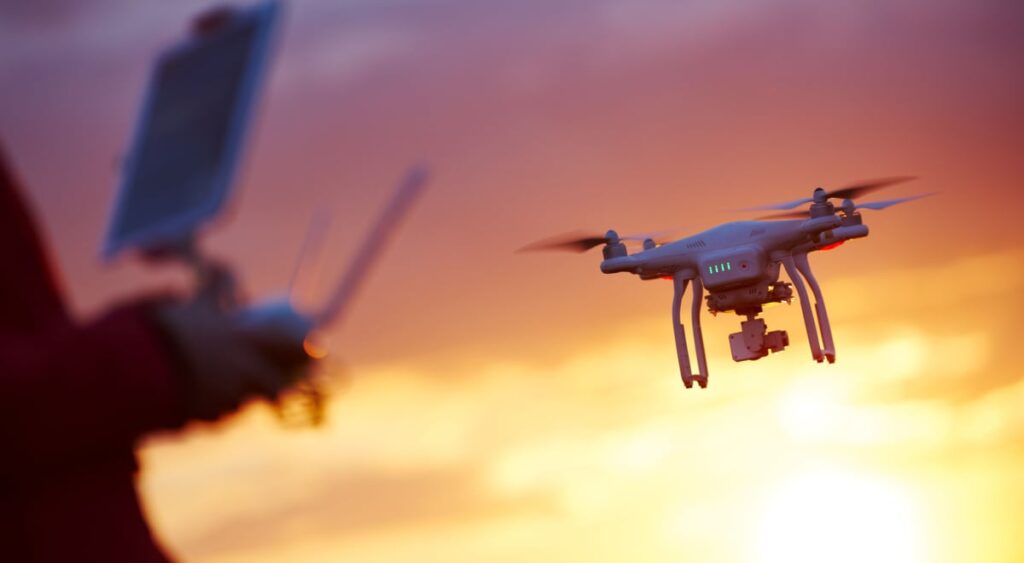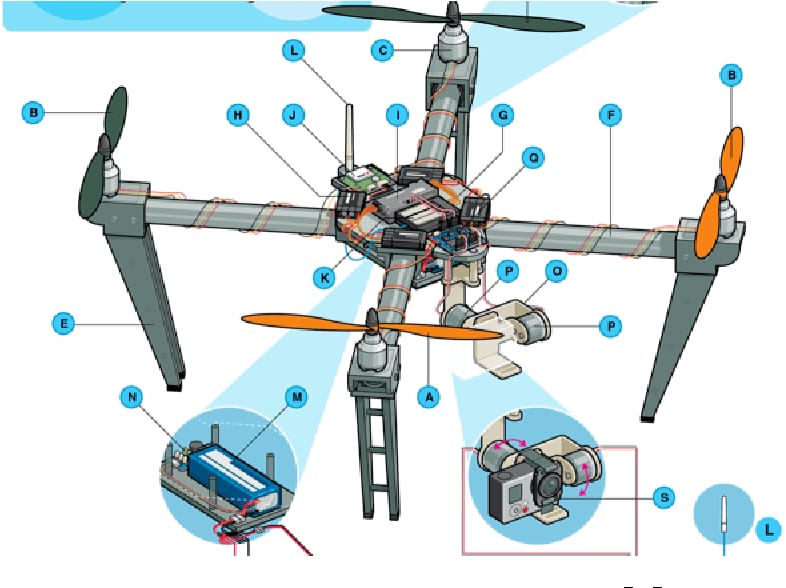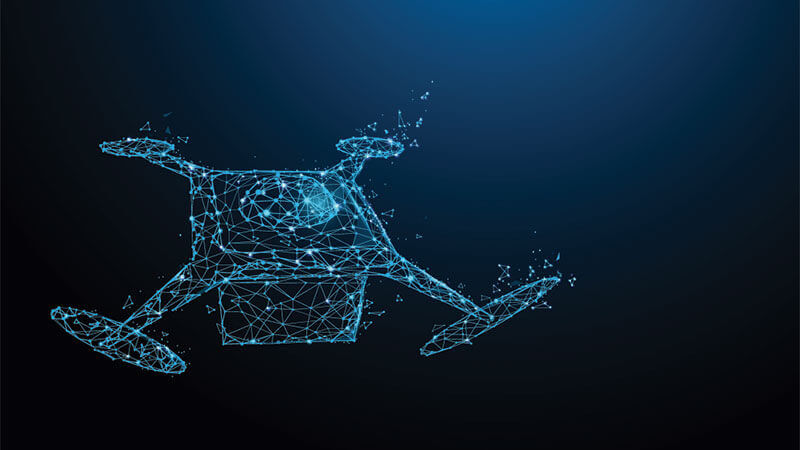Introduction
In recent years, drones have transformed industries, from agriculture to construction. However, with increased reliance on this technology comes significant cybersecurity risks. As drones collect and transmit sensitive data, protecting this information from cyber threats is vital. This blog explores common cybersecurity threats facing drone operations and outlines essential practices to safeguard these systems.
The Importance of Cybersecurity in Drone Operations
Drones are now integral to many sectors, providing efficiency and data collection capabilities. However, as their usage grows, so do the cybersecurity challenges. Hackers can exploit vulnerabilities, leading to unauthorized access, data breaches, and operational disruptions. For instance, recent incidents highlight how drones have become targets for cyberattacks, compromising both data integrity and public safety.
To mitigate these risks, businesses must prioritize cybersecurity in their drone operations. By understanding potential threats and implementing effective strategies, companies can protect their assets and ensure reliable drone functionality.

Common Cybersecurity Threats to Drones
Malware can be introduced via unsecured networks, affecting drone operations and data integrity. Such infections can lead to operational failures or loss of critical data.
Unauthorized Access
Hackers can gain control of drones through weak passwords or outdated firmware. For example, there have been reports of drone hijackings where attackers took over the control system.
Data Interception
Data transmitted between drones and ground control can be intercepted, exposing sensitive information. This risk is particularly relevant in industries like agriculture and surveillance, where proprietary data is crucial.
Malware and Viruses
Malware can be introduced via unsecured networks, affecting drone operations and data integrity. Such infections can lead to operational failures or loss of critical data.
Best Practices for Securing Drone Operations
- Implement Strong Authentication Protocols
- Use two-factor authentication to enhance security. Regularly update passwords and access credentials to prevent unauthorized access.
- Encrypt Data Transmission
- Encrypting data protects it from interception. Utilize advanced encryption protocols to secure communications between the drone and control systems.
- Regular Software Updates
- Keeping firmware and software up to date is essential for protecting against vulnerabilities. Schedule regular updates to ensure optimal security.
- Conduct Cybersecurity Training
- Provide training for staff on cybersecurity best practices. Topics should include recognizing phishing attacks, secure data handling, and emergency response procedures.
- Use Geofencing Technology
- Geofencing restricts drone operations to specific areas. Implementing this technology can prevent drones from entering unauthorized zones, enhancing security.
- Develop an Incident Response Plan
- An effective incident response plan outlines steps to take in case of a cybersecurity breach. Ensure all team members know their roles in the event of an attack.

The Role of Regulations in Drone Cybersecurity
Regulatory bodies, such as the FAA, have established guidelines to enhance drone safety and security. These regulations mandate compliance with cybersecurity standards, helping to protect sensitive data. Organizations must stay informed about evolving regulations to ensure compliance and minimize risks.
Additionally, collaboration with cybersecurity experts can enhance understanding of the regulatory landscape, ensuring that drone operations meet legal requirements. By adhering to these regulations, businesses can foster trust and reliability in their drone operations.

Conclusion
Cybersecurity is crucial for protecting drone operations from evolving threats. By implementing best practices and staying informed about regulations, businesses can safeguard their data and ensure operational integrity. As drone technology continues to advance, prioritizing cybersecurity will be essential for safe and successful operations.
